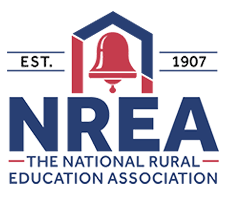Abstract
Rural communities traditionally enjoy an intimate relationship between stakeholders and the local school system. While preliminary research exists to suggest rural school turnaround might be more likely to occur when a strong communal connection exists (Mette, 2014), little is known about rural school turnaround efforts serving predominantly Native American students. This article reports findings of a School Improvement Grants (SIG) funded effort to digitize curriculum and deliver instruction through the use of tablets in Yellow Pine, a school district on a Native American reservation in a rural, Upper Midwestern state. Data were collected through interviews with school and district leaders, as well as through teacher focus groups. Findings highlight the failure to engage a historically disenfranchised community from the beginning of the improvement process, particularly the lack of involvement of students, parents, and teachers, which in turn led to little impact on student achievement.
Creative Commons License

This work is licensed under a Creative Commons Attribution 4.0 International License.
Recommended Citation
Mette, I. M.,
&
Stanoch, J.
(2016).
School Turnaround: A Rural Reflection of Reform on the Reservation and Lessons for Implementation.
The Rural Educator, 37(2).
https://doi.org/10.35608/ruraled.v37i2.270



